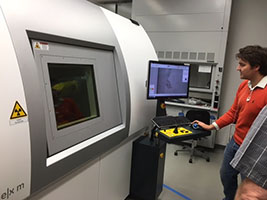Meet Your Team
Rachel Atchison
Entomology Student
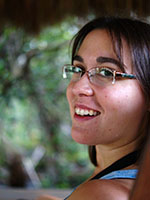
Shimul Chowdhury
BFA, Art + Technology

Jason Cochran
Computer Science Engineer - 3rd Year

Ediel Dominguez

Nathan Duerr
Zoology 3rd Year, Lucky Lab

Annie Gormaley
Biomedical Engineer - 2nd Year

Dr. Andrea Lucky
Entomology & Nematology

Cara McDermott
Biology-4th year
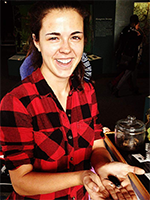
Dr. Lisa Taylor
Entomology & Nematology

Ants
Amblyopone australis

Camponotus caesar

Dorylus siafu

Leptomyrmex fragilis
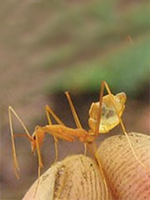
Polyrachis sp.
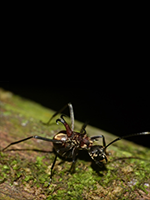
Aphaenogaster lamellidens
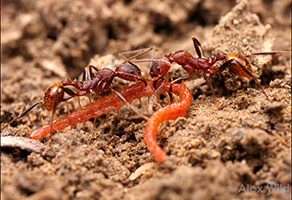
Spiders
Habronattus
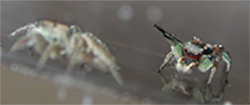
Phidippus regius
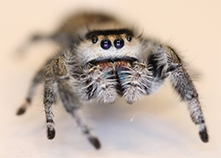
Anasaitis canosa
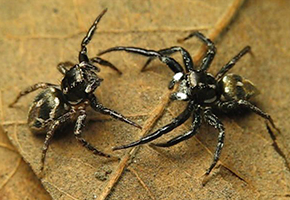
Spitting spiders
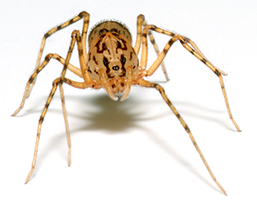
Green lynx spiders
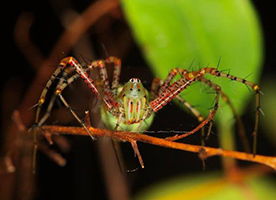
Fusion 3 F306 3D printer
(Available at the Marston Science Library)

GE phoenix v|tome|x m
